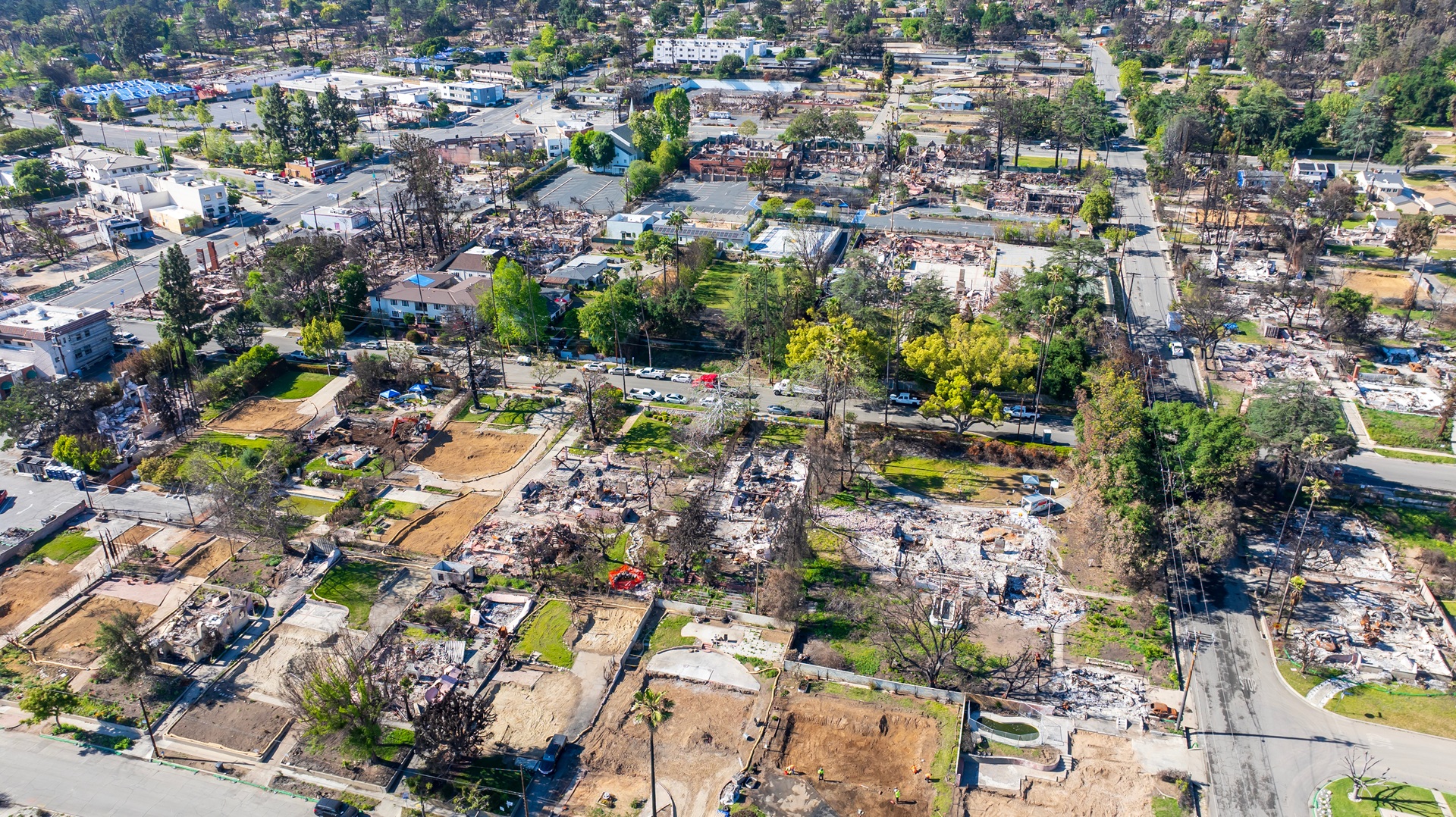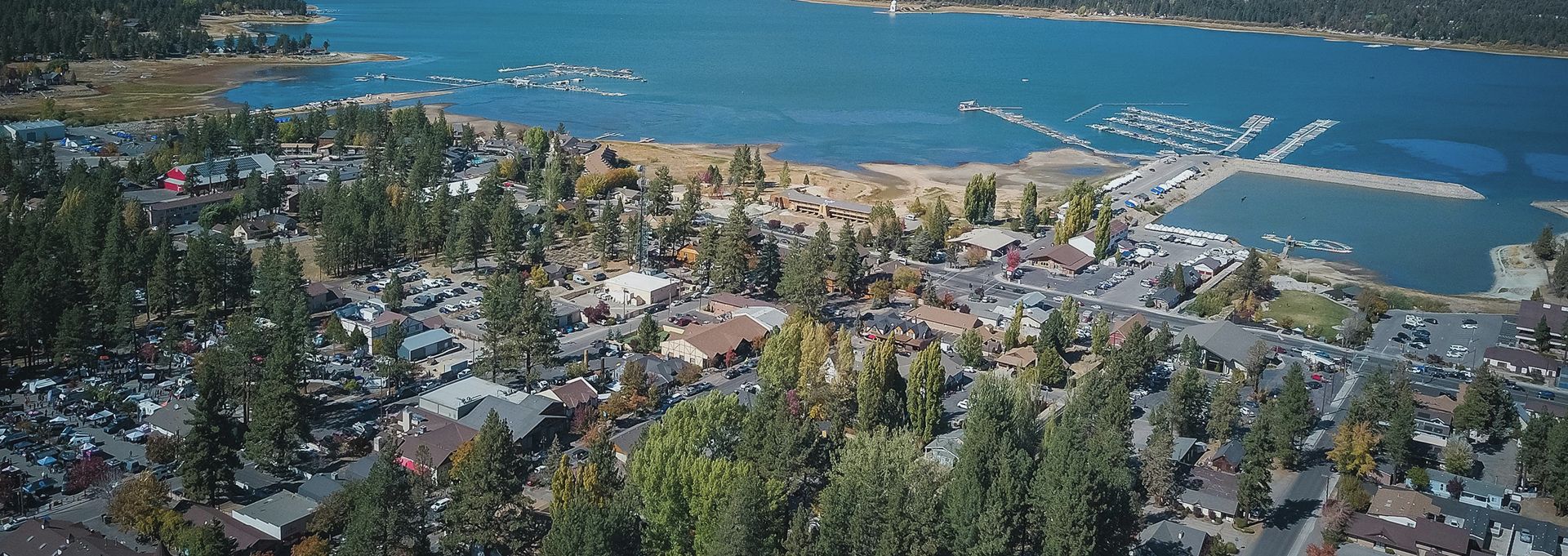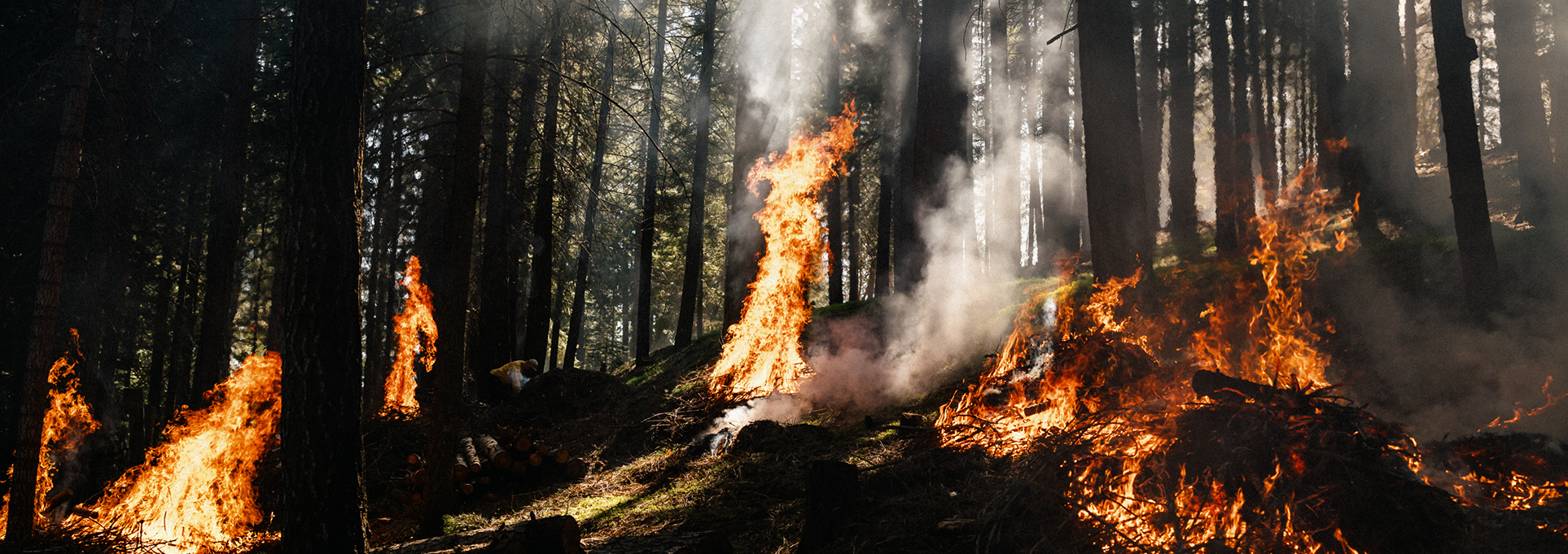In a world facing escalating wildfire threats, September 27, 2023, marked a pivotal moment as the Wildland Fire Mitigation and Management Commission released a groundbreaking report with 148 recommendations for wildfire management. The recommendations covered several key themes: moving from reactive to proactive, strategic use of beneficial fire nationally, harnessing best-in-class science and data, expanding the use of decision support analytics at every scale, collaborating at speed and scale, and monitoring consistently to track real impact. While the breadth of recommendations and length of the report at 340 pages seems daunting, we see one element as key to transforming these recommendations into action: turning the best available data and models into actionable insights for frontline decision makers at local, state, and national levels. Specifically, Vibrant Planet is poised to partner with Congress, the federal executive branch, states, locals and partners in implementing several key recommendations from the report, described below.
Recommendation 12: Federal agencies should work with Tribes, states, and local partners to develop a strategic plan for the implementation of prescribed fire at a national scale.
The report states that the scope of the wildfire crisis demands a national strategic plan for increasing the use of beneficial fire, including prescribed fire, that includes annual monitoring and reporting to assess effectiveness. The report also states that such a plan must involve collaboration with Tribes, states, and local partners, a daunting challenge at a national scale.
How Vibrant Planet Can Help: We understand that prescribed fire planning requires a synchronized effort among stakeholders spanning various ownership boundaries, with fine resolution vegetation mapping, remotely sensed and ground sampled moisture data, and agility to update day-of plans depending upon local conditions. Our platform currently recommends prescribed fire treatments as part of a broader treatment mix (e.g. mechanical thinning, understory thinning) in scenario planning. We’re now actively working with our USFS partners to develop more real-time prescribed fire planning capability. Planning at a national scale is especially daunting and could take years, but speed is essential given the scope of the wildfire threat; we aim to deploy these new features as rapidly as possible in response to the urgency demanded.
Our web-based system allows our customers, whether federal, state, Tribal or private landowners, to craft landscape-wide management treatment scenarios within minutes, tailored to their unique objectives, budget constraints and acreage limitations, using the best available science and data. Collaborators can share and compare scenarios they create, providing stakeholders a digital map of forecasted outcomes. Our platform can overlap plans spatially, helping groups visualize all perspectives and find consensus quickly, essential to reducing conflict in collaboration and moving to project implementation rapidly. These advancements dramatically improve today’s paper-based, multi-year processes.
In order for a national strategic plan for the use of prescribed fire to be effective, land managers must be able to take landscape-scale treatment plans and zoom in to the tree-level to see exactly where they can use prescribed fire with the most positive ecological impact and least risk. There’s no time to wait, Vibrant Planet can support this effort now.
Additionally, the report recommends monitoring for both treatment implementation and effectiveness. Vibrant Planet’s analytics as a service model is uniquely poised to provide this service at the local, state, and national scale, enabling information to travel across scales to improve collective learning and resource prioritization. With deployments already across more than four million acres and a Federal Blanket Purchase Agreement facilitating government partnership, we’re poised to make a significant impact in the fight against severe wildfire.
Recommendation 33: Explore mechanisms to make planning more effective and efficient, such as improved information gathering, training, staffing, collaboration, and programmatic analyses for restoration and hazardous fuels reduction activities.
The Commission recognized the obstacles to efficient planning, including permitting challenges, NEPA, and imprecise, inaccurate, or outdated data (i.e. deploying equipment to do mechanical thinning and prescribed fire, coordinating workforce needs for simultaneous prescribed fires in multiple adjacent forests).
Landscape changes and unplanned disturbances in the midst of today’s multi-year, paper-based planning processes quickly render vegetation treatment plans obsolete, yet plans often take years to update. Additionally, static treatment plans cannot readily incorporate disturbances, land use amendments or changes in endangered or threatened species status.
How Vibrant Planet Can Help: Our specialized data curation process, industry-leading wildfire modeling from Pyrologix, a Vibrant Planet company, and collaborative decision-support platform means land managers can overcome the shortcomings of outdated or unusable data. Additionally, by bringing collaborators into the planning process in a streamlined and more inclusive manner, and with information and mapping that hands off seamlessly to permitting processes, Vibrant Planet helps planners avoid some of the common pitfalls that slow NEPA permitting.
Recommendation 89: Invest in the creation of a workforce primarily focused on restoration and mitigation.
The Commission recognizes the need to build a more proactive, mitigation and recovery-focused workforce across all sectors – public, private, and non-governmental and at all scales.
Despite imperfect data on the full composition of the wildfire risk reduction, response, and recovery workforce, the Commission found that a significantly larger workforce is essential to expand the scope and scale of wildfire mitigation, increase the use of beneficial fire, and meet fire response, community preparedness, and post-fire recovery needs now and in the coming decades. Complete data and predictive analytics on current and future workforce requirements will be a critical component of our proactive wildfire response.
How Vibrant Planet Can Help: Our platform will provide the federal government and multi-jurisdictional partners with the predictive analytics needed to assess real workforce demands at a national scale down to an individual project level. Predictive analytics on how many workers are needed, what skills they need, when they will be needed, and where they will be needed will be critical as we optimize our workforce for the shift from reactive to proactive fire mitigation. Vibrant Planet stands ready to support the efficient allocation of our current workforce to the highest impact projects and assess future workforce requirements to meet the wildfire crisis.
Recommendations 104-106: Create a new office providing scientific analytic services, decision support, and predictive services to inform land and fuels management, community risk reduction, and fire management and response.
The proposed center would address the widely recognized lack of timely, manager-focused models, technologies, assessments, and forecasts to support operational decision-making, and short- and long-term planning. At the core of these recommendations is the urgent need for federal agencies to enhance collaboration both amongst themselves and with Tribal, state, and local stakeholders.
How Vibrant Planet Can Help: Our platform supports collaboration using standardized interoperable data and science curated by Vibrant Planet and our customers. Our flexible platform incorporates and packages current and best-in-class data and models into a user-friendly decision support and monitoring interface to support planning, environmental regulation, and permitting processes. Insights from local monitoring of current conditions and treatment progress elegantly nest up to the state and national levels to support budget prioritization/reprioritization efforts based on current conditions and tracking insights. Vibrant Planet can enhance collaboration with the most cutting edge analytic and decision support services to inform land and fuels management across all lands and scales, today.
Recommendation 113: Fund Innovative Landscapes research areas using the latest fire models, best data, and new and proven technology to assess fire risk, plan fuels treatment, and monitor risk before and after treatment.
The report highlights how science and technology are paramount for making informed decisions in wildfire management. Still, that decision-making must be driven by science and data that reflect the full interdisciplinary and dynamic nature of wildfire in the 21st century. Using the best science and technology available, we can scale up proven treatment techniques.
Wildfire severity is driven by three factors: vegetation structure/fuel loads, weather, and climate. Science shows that altering vegetation structure and fuel loads can produce forests and other ecosystems resilient to “normal” fire regimes and even climate change.
Vibrant Planet empowers land managers with the finest scale vegetation data available, created using advanced machine learning techniques and best available science. We normalize data to our foundational vegetation layer, carefully curated water, biodiversity, carbon, recreation, and built infrastructure data, all packaged and ready for use in scenario planning and monitoring of planned and unplanned disturbances. Our platform democratizes access to this data, providing user-friendly, collaborative scenario planning capabilities that empower individuals to make informed decisions with forecasted and monitored treatment effects. Best of all, our technology is proven and currently in use across more than four million acres, and will be deployed in more than 15 million acres by the end of 2023. The system will be ready to be deployed west-wide in 2024; we hope the federal government and its local and state partners will put it to full use to develop plans that can be adapted as conditions change.
Recommendations 147: Change agency performance metrics from acres treated to metrics such as wildfire hazard reduction and ecosystem resiliency.
The Commission recognizes that success should be measured by outcomes such as the number of protected assets, values, and resources, and the degree to which forests and rangeland are returned to and maintained in a more resilient state. The traditional metric of acres treated does not convey sufficient information about landscape condition. We can no longer afford to implement random acts of restoration. The adaptive prioritization of resources based on ecosystem and human-built values at risk is crucial.
While the federal government is investing more than ever in proactive forest treatments, resources are limited and time-bound. Selecting treatment areas that will yield the highest restorative return on investment is critical to making real headway against the megafire crisis and ensuring taxpayer dollars go to projects with the best “bang for the buck.” Monitoring metrics such as protected assets and forest resilience are also critical in ensuring treatment effectiveness and public support.
How Vibrant Planet Can Help: Our decision support platform recommends treatment plans that provide the greatest “bang for the buck” – avoiding the most loss to built and ecological values from fire, and maximizing/quantifying ecosystem services benefits (e.g. recreation, water reliability, biodiversity, carbon sequestration, biomass for industry and more). We are already able to help federal agencies move from solely monitoring acres treated to measuring real progress and effectiveness metrics including reduced fire probability/severity, avoided loss, and ecosystem resilience metrics.
We understand that data-driven solutions and strategic partnerships are the keys to effectively addressing the wildfire crisis. But we need to act as quickly as possible. Together, we can harness the power of technology and data-driven insights to protect our communities and natural landscapes from the devastating impact of wildfires.












